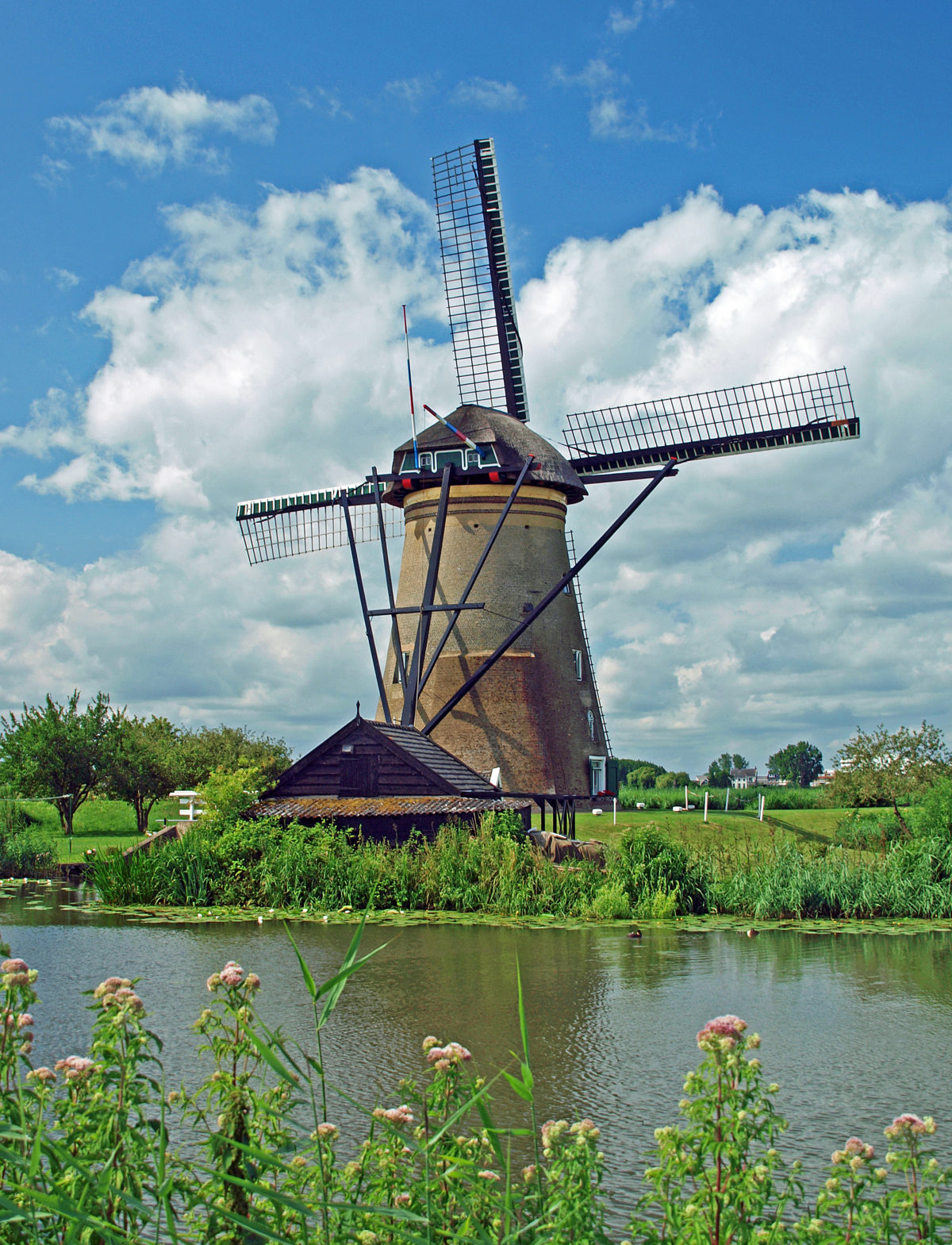Our Rhine River cruise began in Amsterdam and our first port of call was Kinderdijk, Netherlands, a UNESCO World Heritage Site. Neither are actually on the Rhine River, but a network of canals that crisscrosses The Netherlands and connects to the Rhine allowed our “longship” to sail from Amsterdam to Kinderdijk, and then on to the lower Rhine.
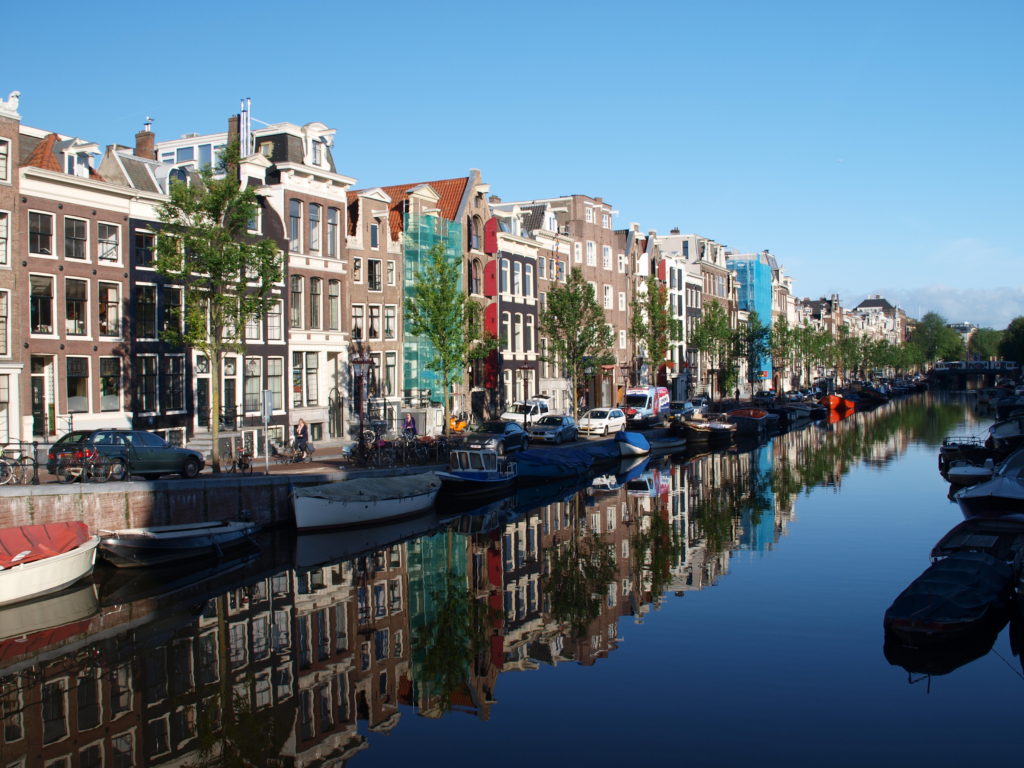
Amsterdam
Amsterdam is a major transportation hub as well as a popular tourist destination. Many travelers headed to other places in Europe travel through Amsterdam, and many of them stay for a day or two. Many others come to Amsterdam for a variety of reasons – to visit Amsterdam’s many outstanding museums or the famous (or infamous) red light district, to tour the Anne Frank House, some to experience the liberal and tolerant culture of Amsterdam, and a few, I’m sure, come for the “coffee shops” where they can smoke marijuana in public without risk of arrest.
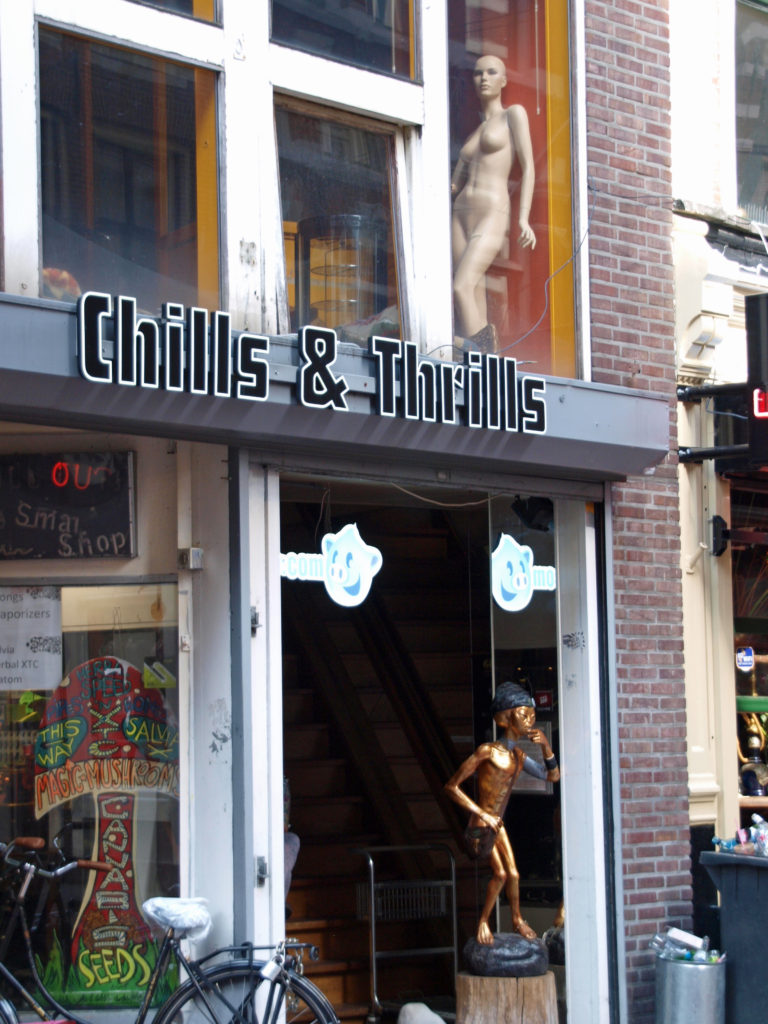

I came for none of those reasons, but simply because it was the embarkation point for our cruise, and because my wife wanted to visit Amsterdam. I had no real desire to see Amsterdam. But I quickly fell in love with the city. It’s crowded, noisy, and surprisingly dirty. Dam Square, the heart of Amsterdam, is filled with people elbow to elbow during the day, and filled with their left behind trash in the evening. The Nieumarkt Square, which our Airbnb rental faced, didn’t quiet down until two or three in the morning. Normally, all of that would be reason for me to dislike a place. But none of it really mattered.
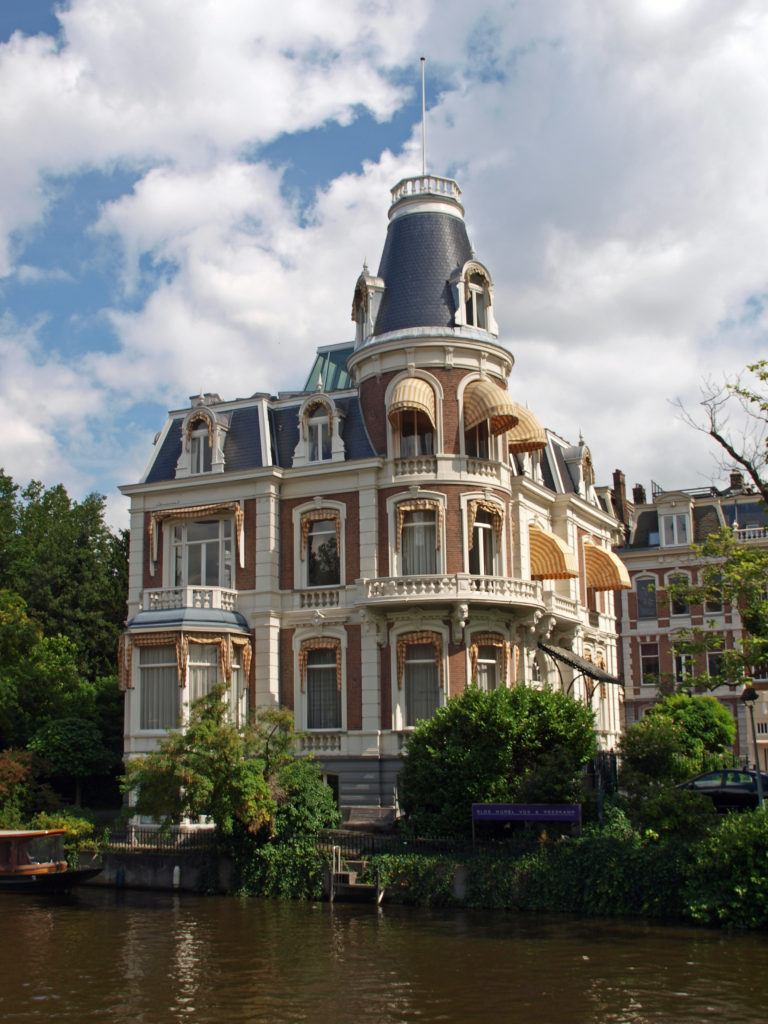
There is a vibrancy and energy to the city that is a more than a little bit intoxicating. It’s a thoroughly modern city, but with a long and deep history. It is Dutch, certainly, but it is also one of the most ethnically diverse cities in the world. Almost everyone in Amsterdam speaks English, but there is little about the city that is evocative of either England or America. No city in the U.S. even remotely resembles Amsterdam. And therein lies much of its appeal. It’s exotic and yet very approachable and understandable. The people are friendly. The atmosphere is relaxed. It’s easy to feel at home there. And it’s an immensely interesting place. It’s not much of an exaggeration to say that there is something for everyone there.
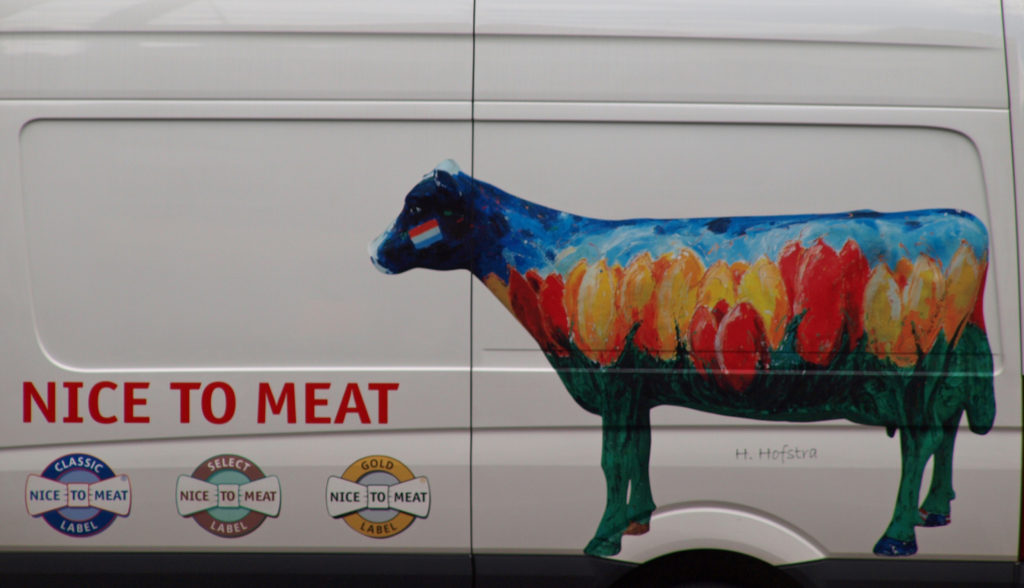
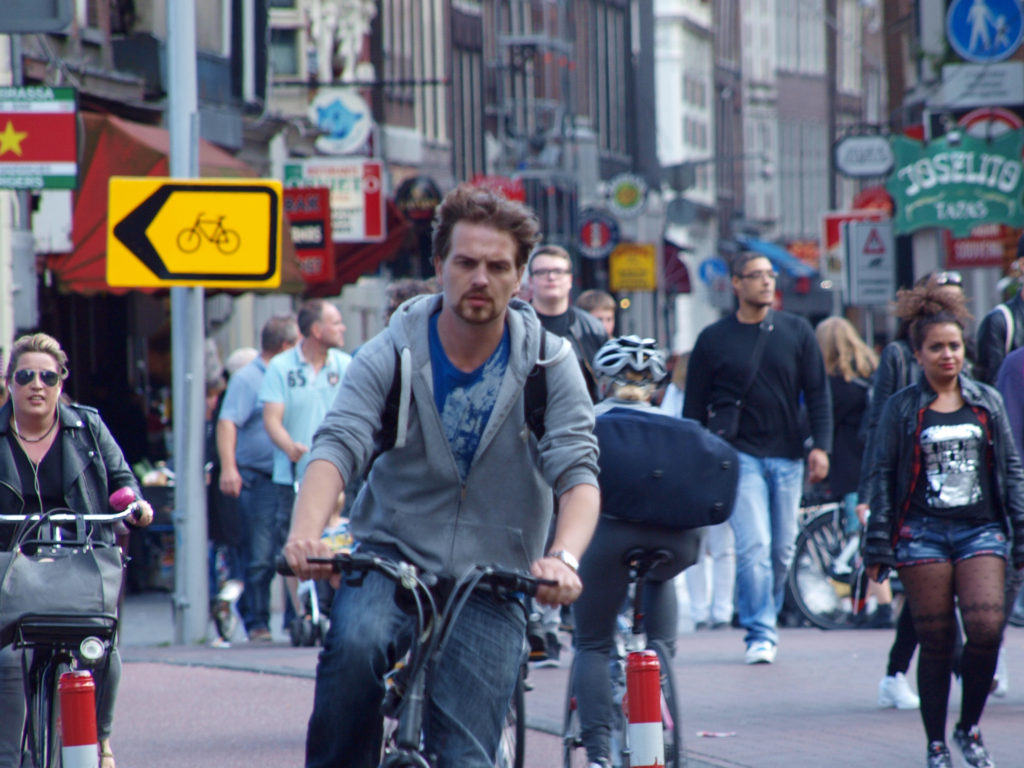
Getting around Amsterdam is pretty easy. Most of the major attractions are within walking distance of the Central Station. The city also has a good public transit system. But the best way to get around is probably by bicycle. There are plenty of places to rent bikes at reasonable rates, and there are dedicated bike paths everywhere. You will quickly find that Amsterdam is a city of bicycles and bike riders.
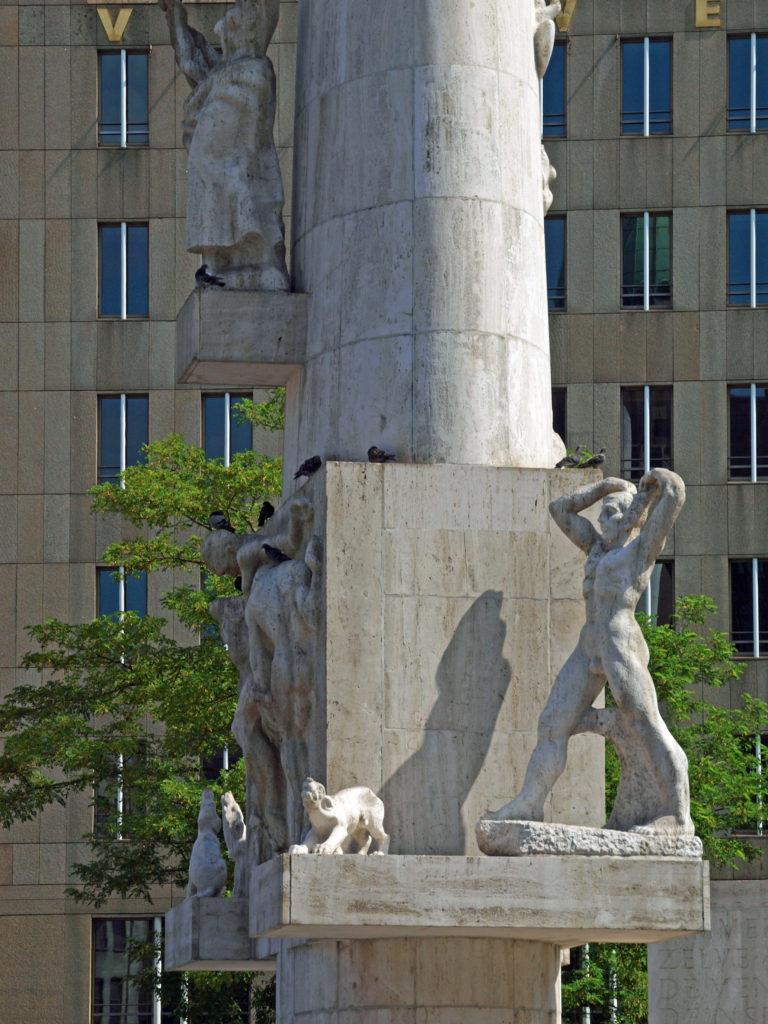
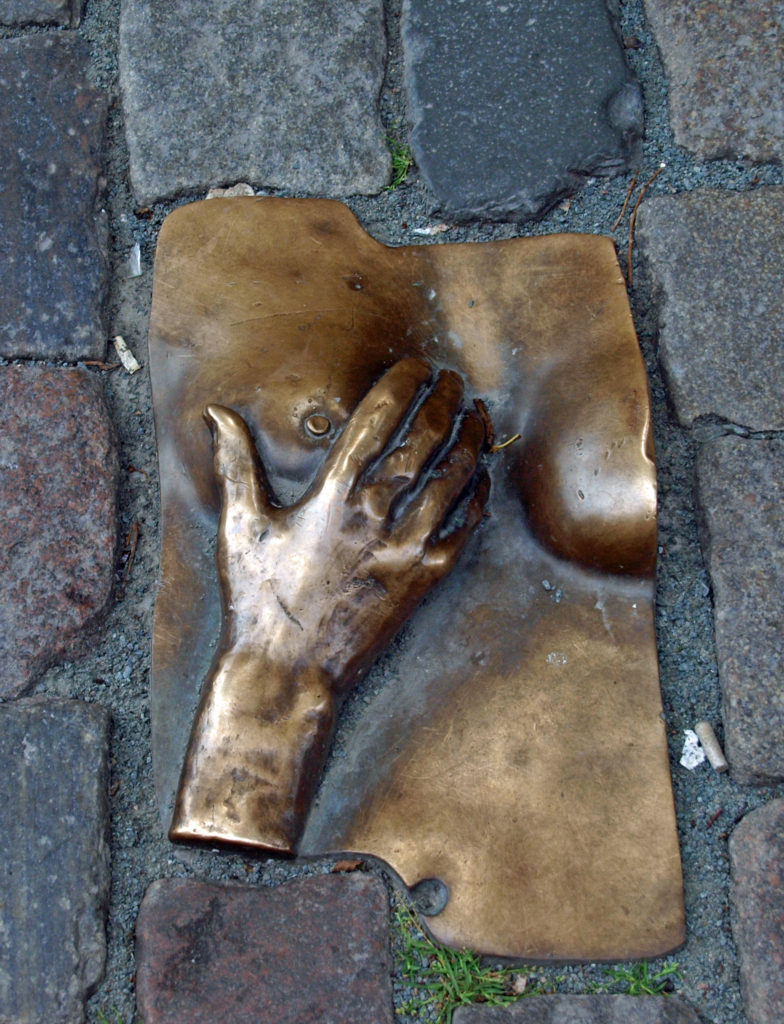
Art pervades the city, not just in the museums, but in the streets, and in the culture. Our first night’s stay was in the Art’otel Amsterdam, a boutique hotel near the main railway station (Central Station), that houses a surprisingly interesting gallery. And there are hundreds of other galleries and art museums scattered throughout the city.
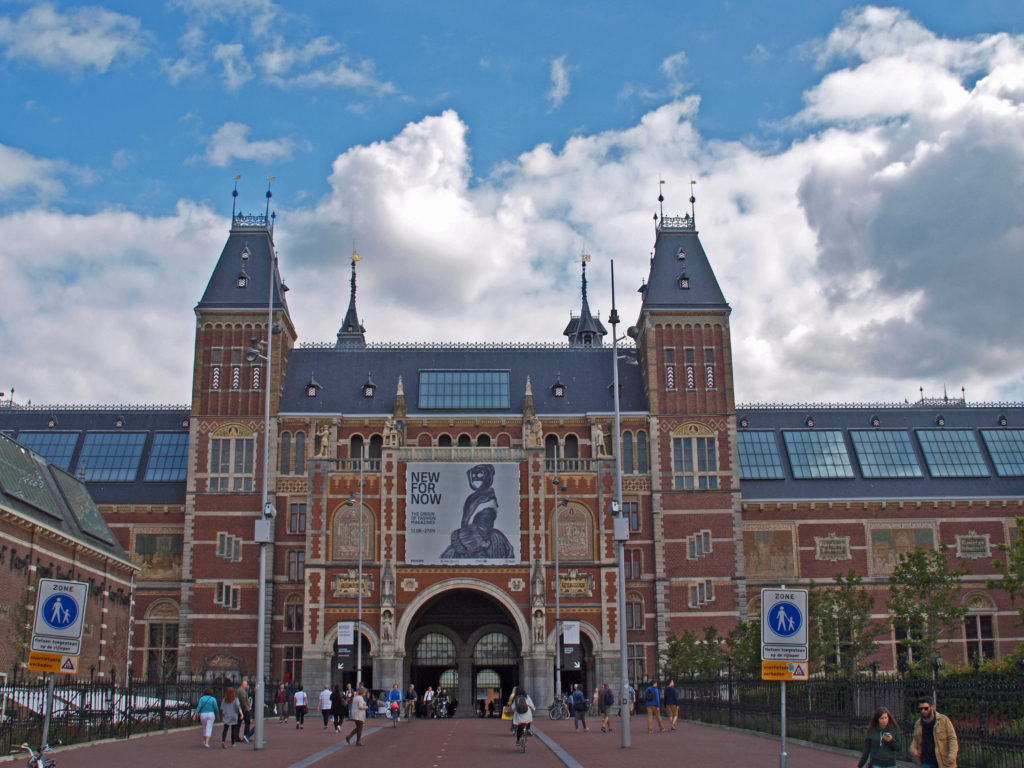
The two most prominent museums, the Rijksmuseum and the Van Gogh Museum are both on the Museumplein, as is the Stedilijk Museum (contemporary art and design). The Museumplein is about a mile and a half south of Central Station. That should be one of your must-see destinations. The Anne Frank House is another must see.
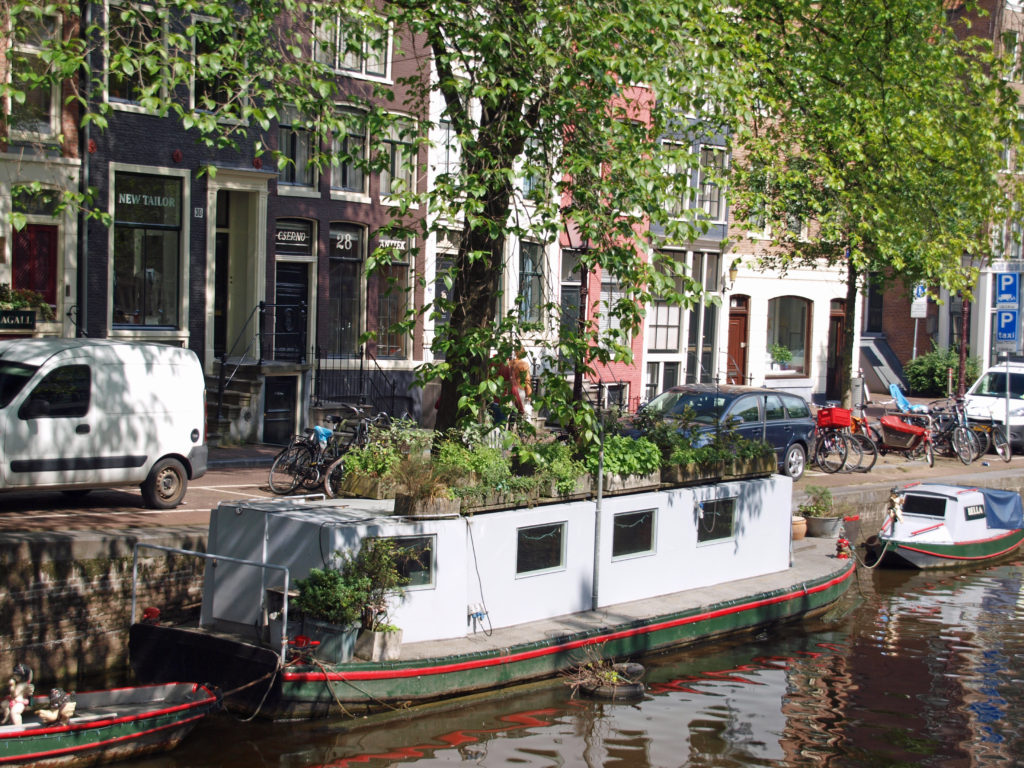 Museum tickets can be purchased online. Also check out the Amsterdam City Pass and I Amsterdam cards. Both offer free “skip the line” entrance to the major museums. Tickets to the Anne Frank House are available only online and are not included in either card. Also note that tickets to both the Van Gogh Museum and the Anne Frank House are time specific, so advance planning is a must.
Museum tickets can be purchased online. Also check out the Amsterdam City Pass and I Amsterdam cards. Both offer free “skip the line” entrance to the major museums. Tickets to the Anne Frank House are available only online and are not included in either card. Also note that tickets to both the Van Gogh Museum and the Anne Frank House are time specific, so advance planning is a must.

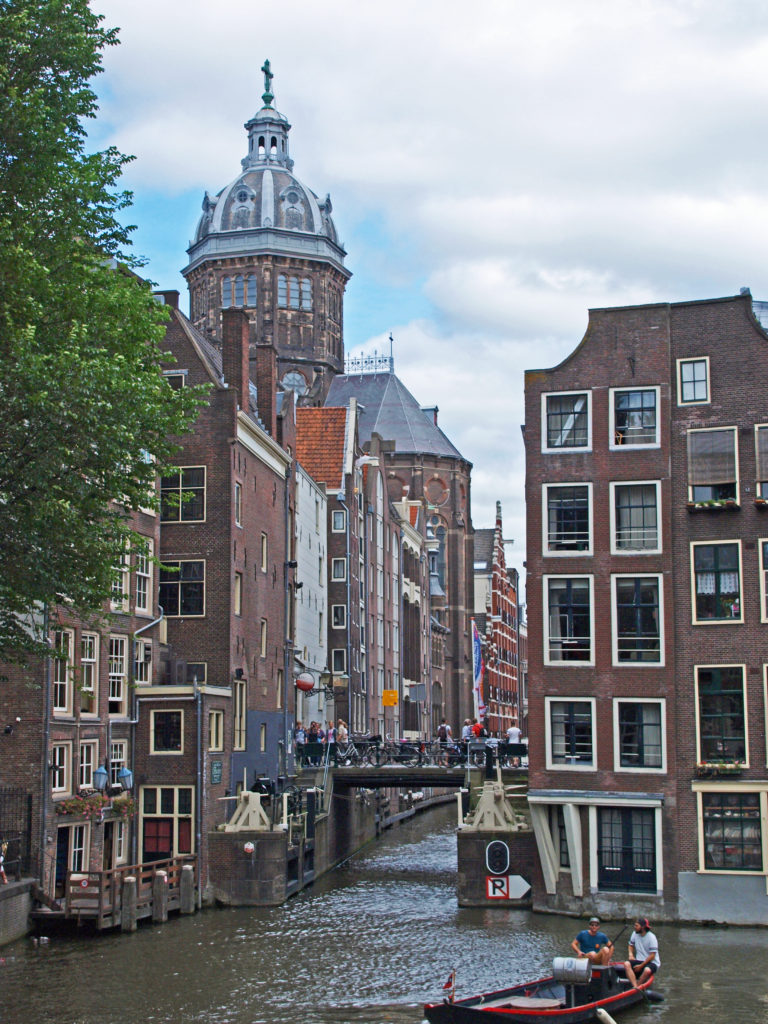
 Our Rhine River cruise began with boarding our “longship” (the Viking Mani), and dinner onboard. That was the first of many outstanding meals served on the ship – and the first of many pleasant surprises on the cruise. (See my previous post for more information on river cruises in Europe.) The ship left Amsterdam well after dark, and we arrived at Kinderdijk the following morning.
Our Rhine River cruise began with boarding our “longship” (the Viking Mani), and dinner onboard. That was the first of many outstanding meals served on the ship – and the first of many pleasant surprises on the cruise. (See my previous post for more information on river cruises in Europe.) The ship left Amsterdam well after dark, and we arrived at Kinderdijk the following morning.
Kindedijk
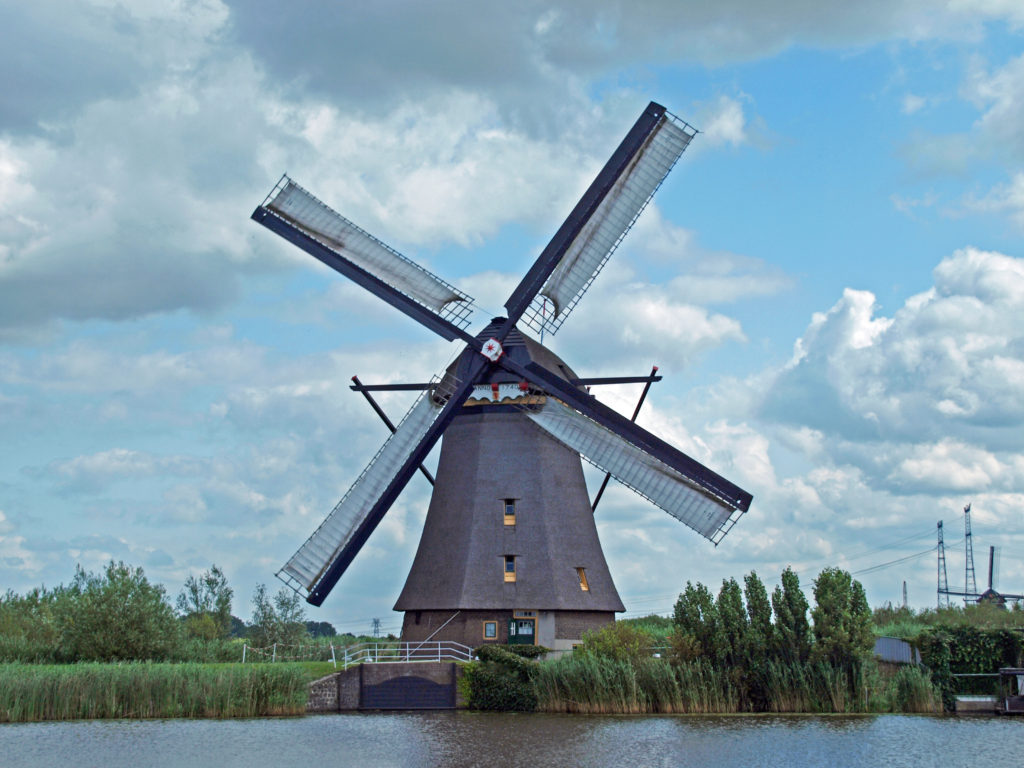 The largest surviving group of ancient windmills in the world is in village of Kindedijk, Netherlands, located about 50 miles from Rotterdam in the province of South Holland. Kinderdijk was declared a UNESCO World Heritage Site in 1997.
The largest surviving group of ancient windmills in the world is in village of Kindedijk, Netherlands, located about 50 miles from Rotterdam in the province of South Holland. Kinderdijk was declared a UNESCO World Heritage Site in 1997.
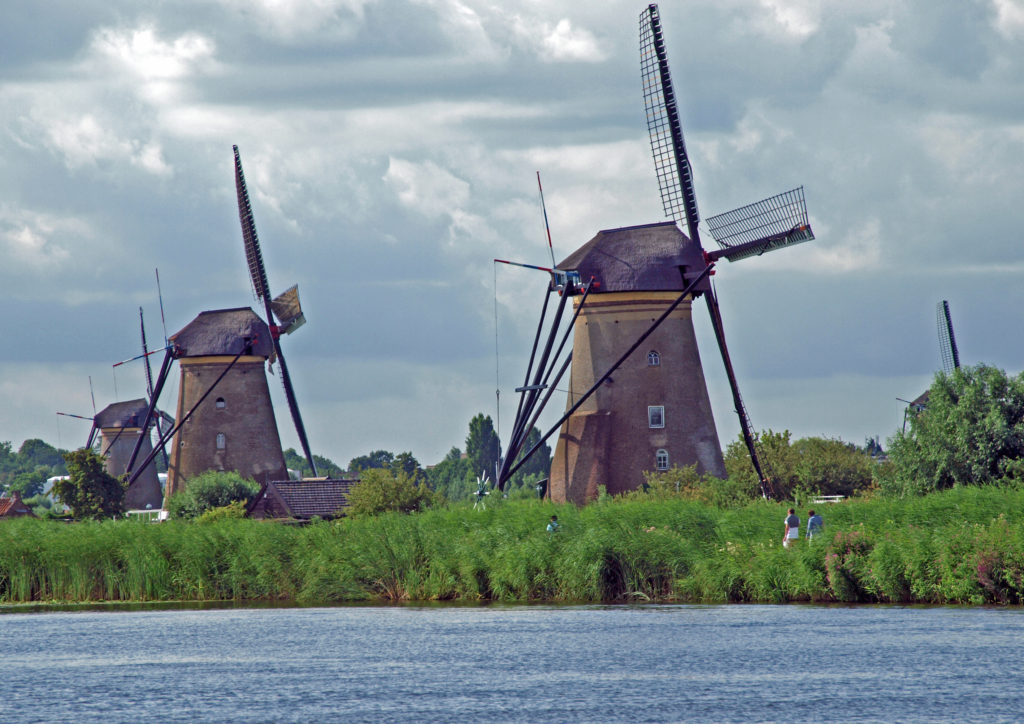
The entire area was once one giant peat bog. The first settlers built their homes on the local sand dunes nearly a thousand years ago. Over time, the fertile soil brought others to the area. In the 13th century district water boards were formed to coordinate the building and maintenance of the dikes and canals needed to drain areas of the bog and keep waters out of the resulting polders. But over time the soil of the polders subsided, and the Lek River level rose due to siltation.
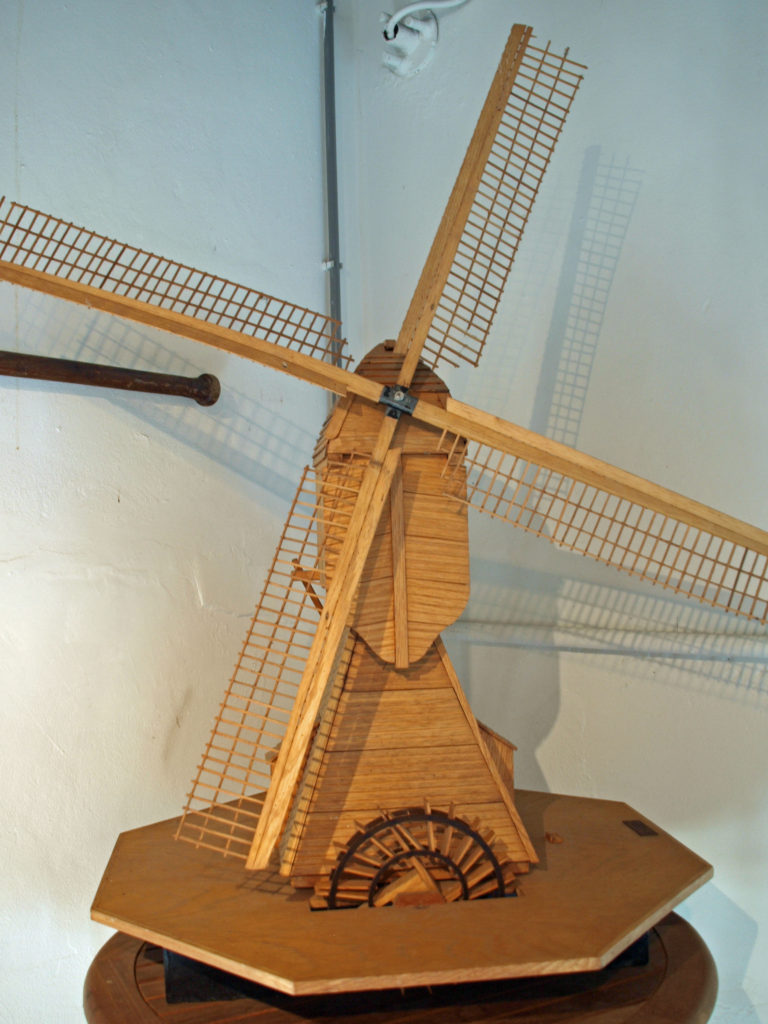
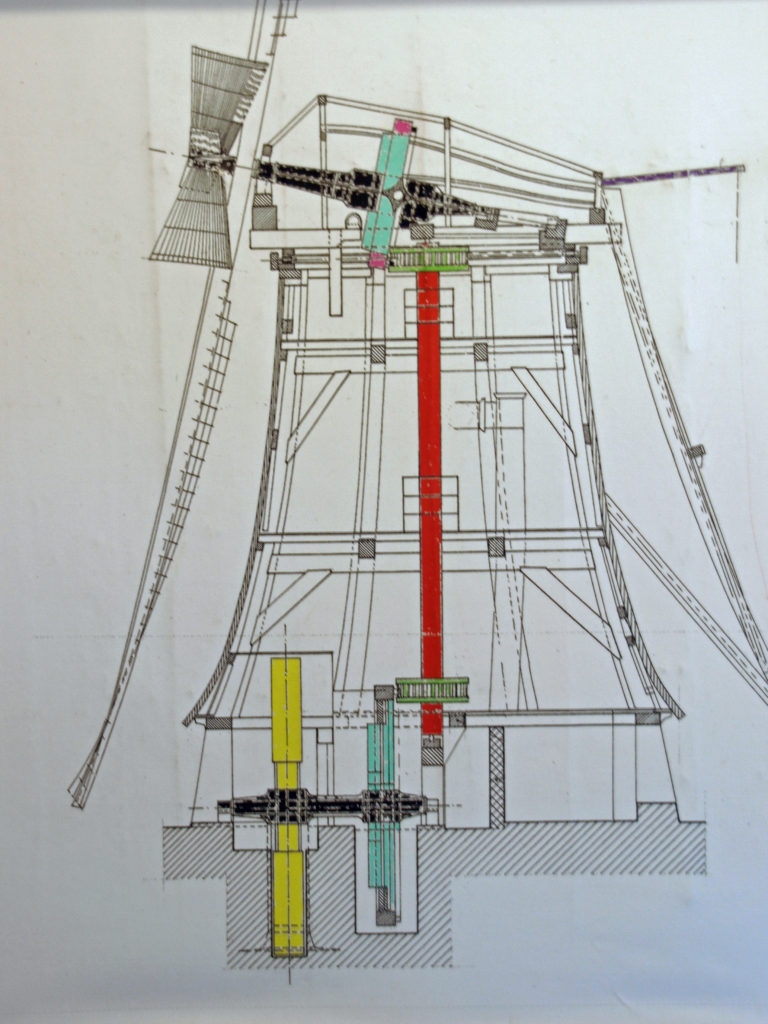
After a disastrous flood in 1421 killed thousands of people and damaged or destroyed many of the dikes, the water districts decided a better system of water management was needed, leading to the construction of a group of stone windmills in 1738 and an additional group of wooden windmills in 1740. Of the original 20 windmills, nineteen survive and remain operational.
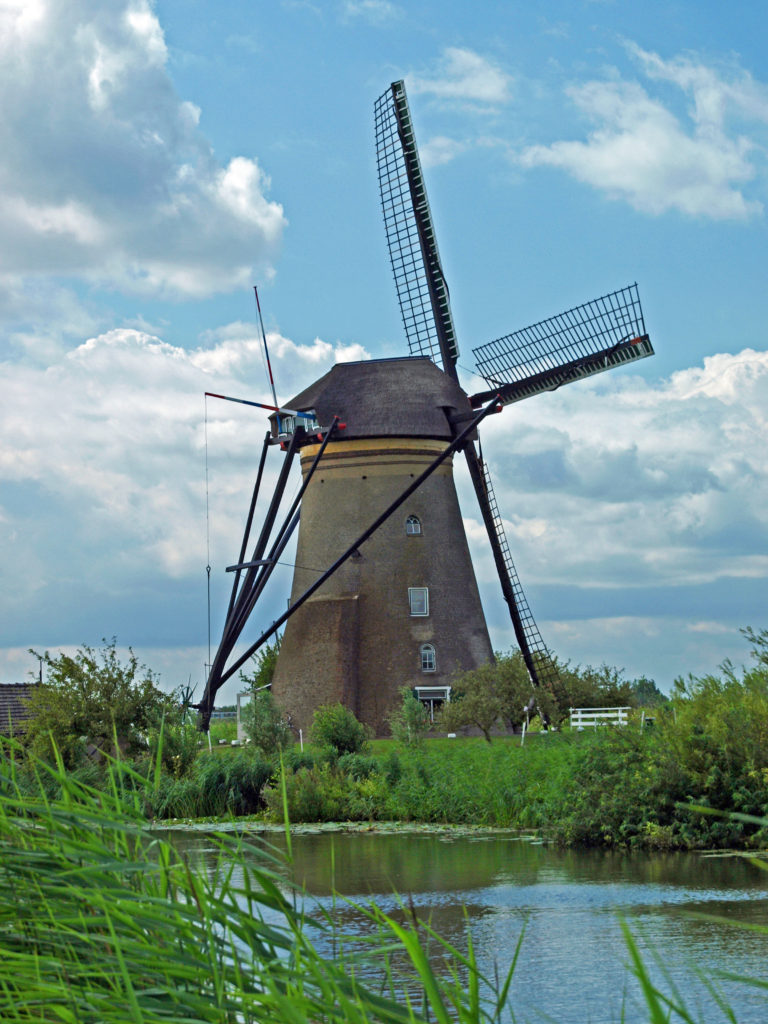
The name Kinderdijk means Children’s Dike. Legend has it that after the 1421 flood a cradle was discovered bobbing in the flooded fields. In the cradle were an unharmed baby and a cat. The cat was said to be jumping from side to side to keep the cradle balanced and preventing it from tipping over.
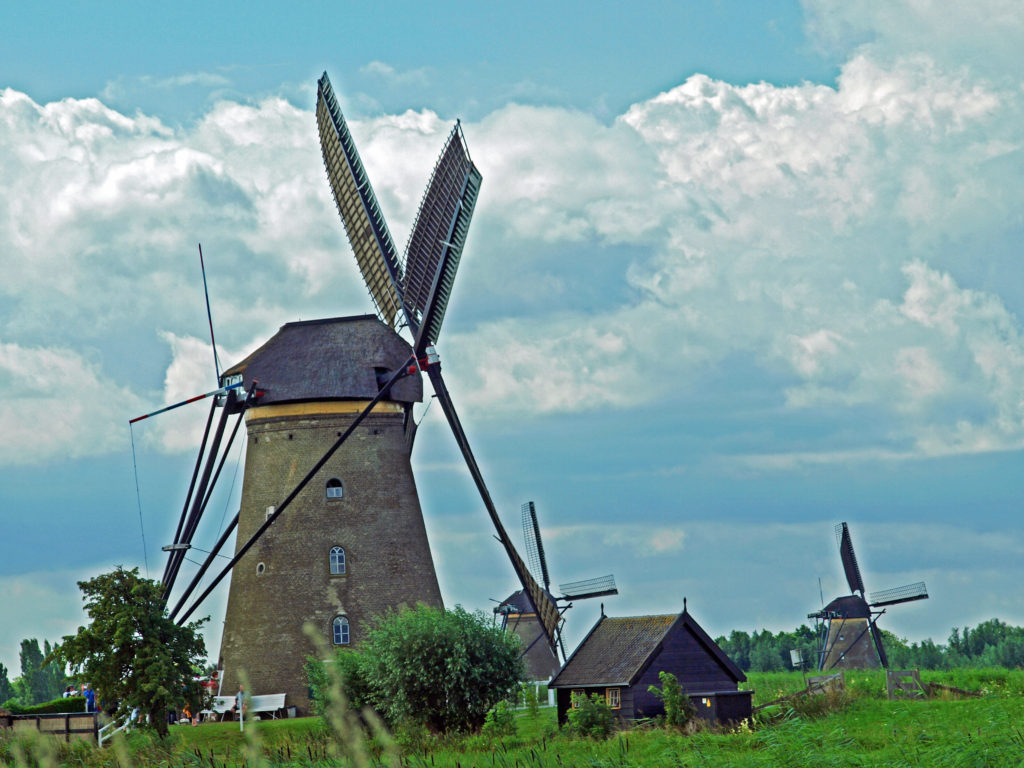
In the late 1800s steam powered pump stations began taking over the primary pumping needs. These were replaced by diesel powered stations in the early 20th century. During World War II the occupying German army commandeered all diesel supplies, so the residents had to once again rely on the windmills to keep their land dry.
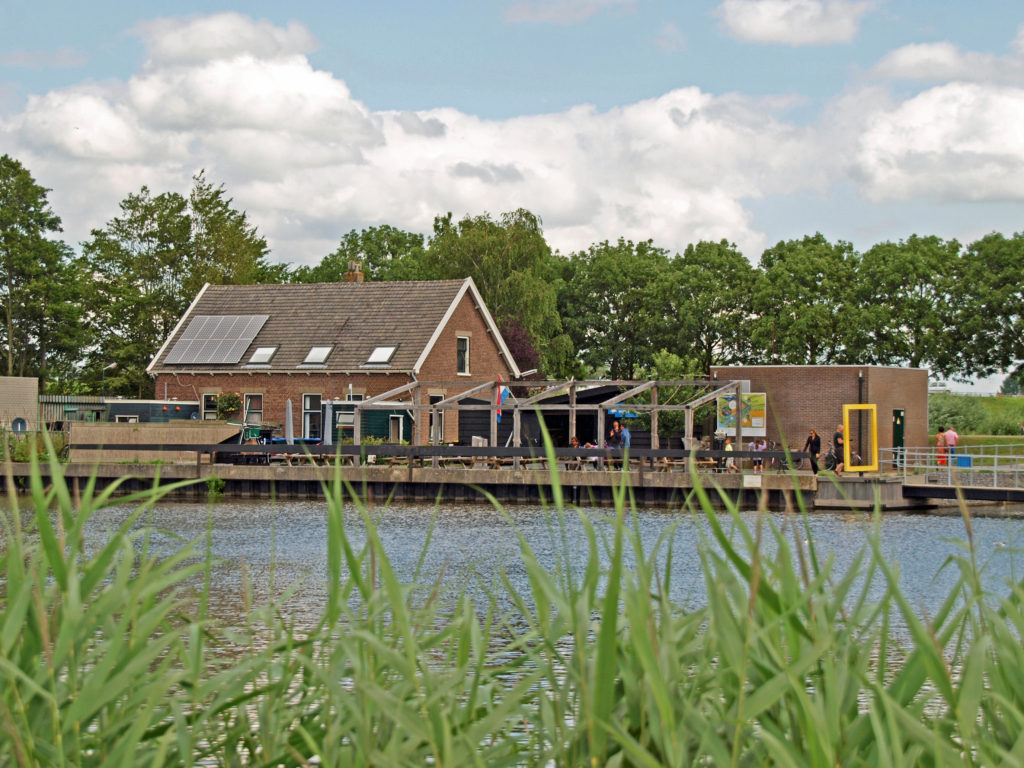
Currently two large electrically powered pump stations provide the primary pumping power, but the old windmills remain operational and serve as a backup to the modern pumps. One of the old pump stations now serves as a visitor center, and two of the windmills are open to the public.
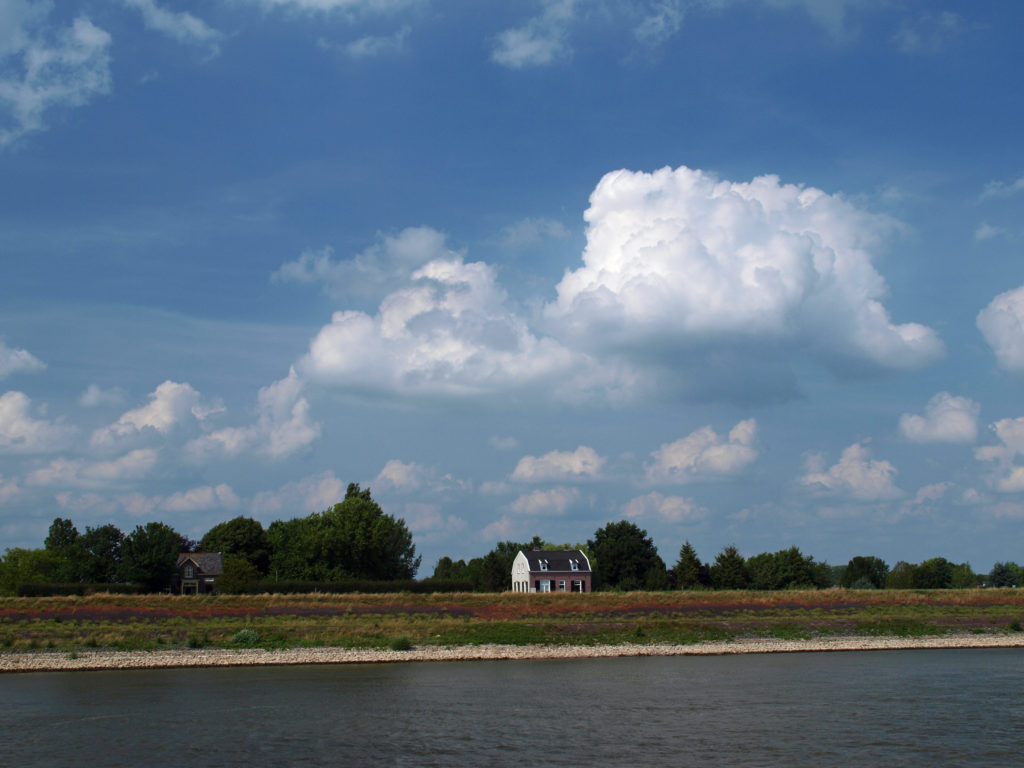
From Kinderdijk our cruise joined the lower Rhine River and proceeded on to Cologne, Germany. Look for future posts on the rest of our Rhine River cruise, including Cologne, Heidelberg, and Freiberg, Germany, the castles of the Middle Rhine, and Strasbourg and Colmar, France.
Posted by Alan K. Lee, 3/1/19
All photos by the author

